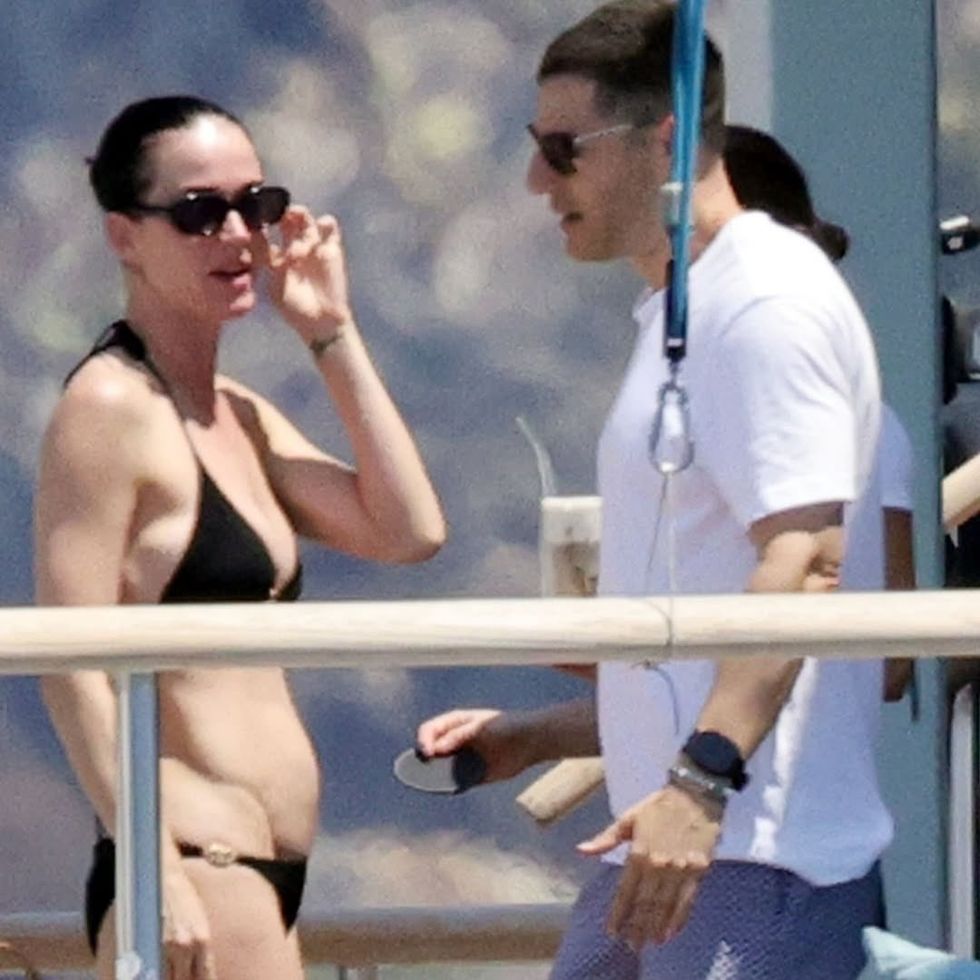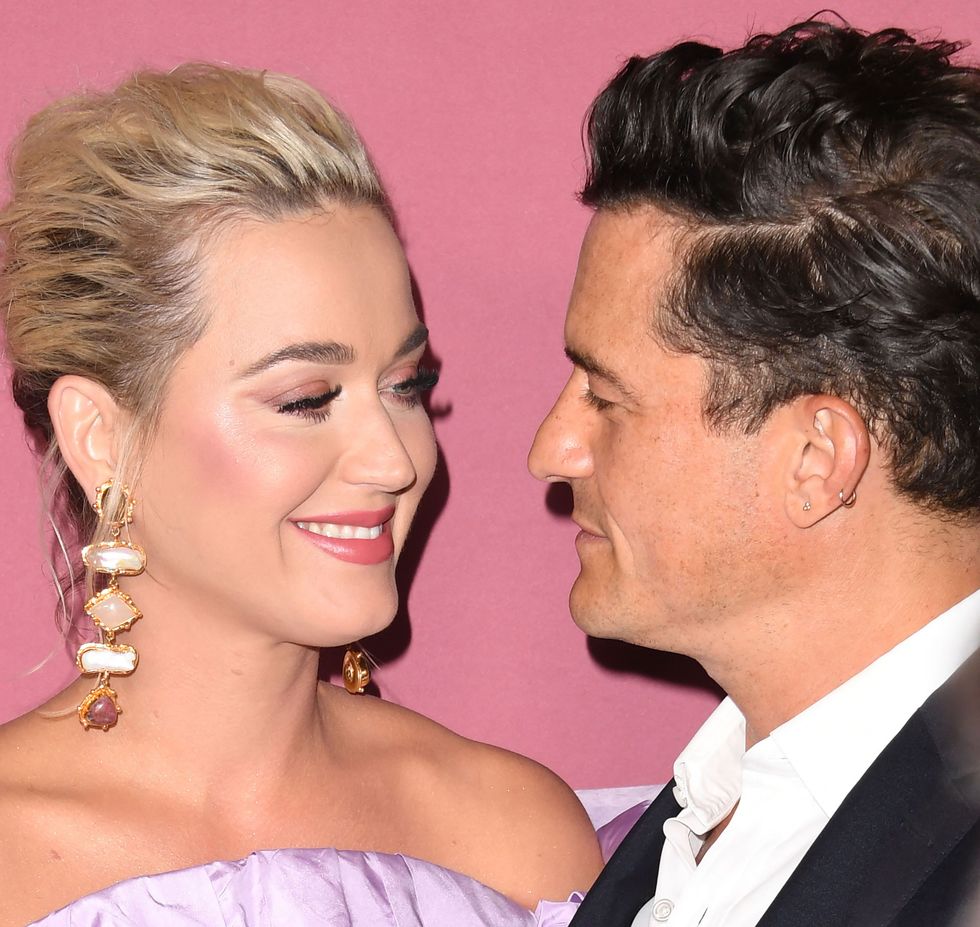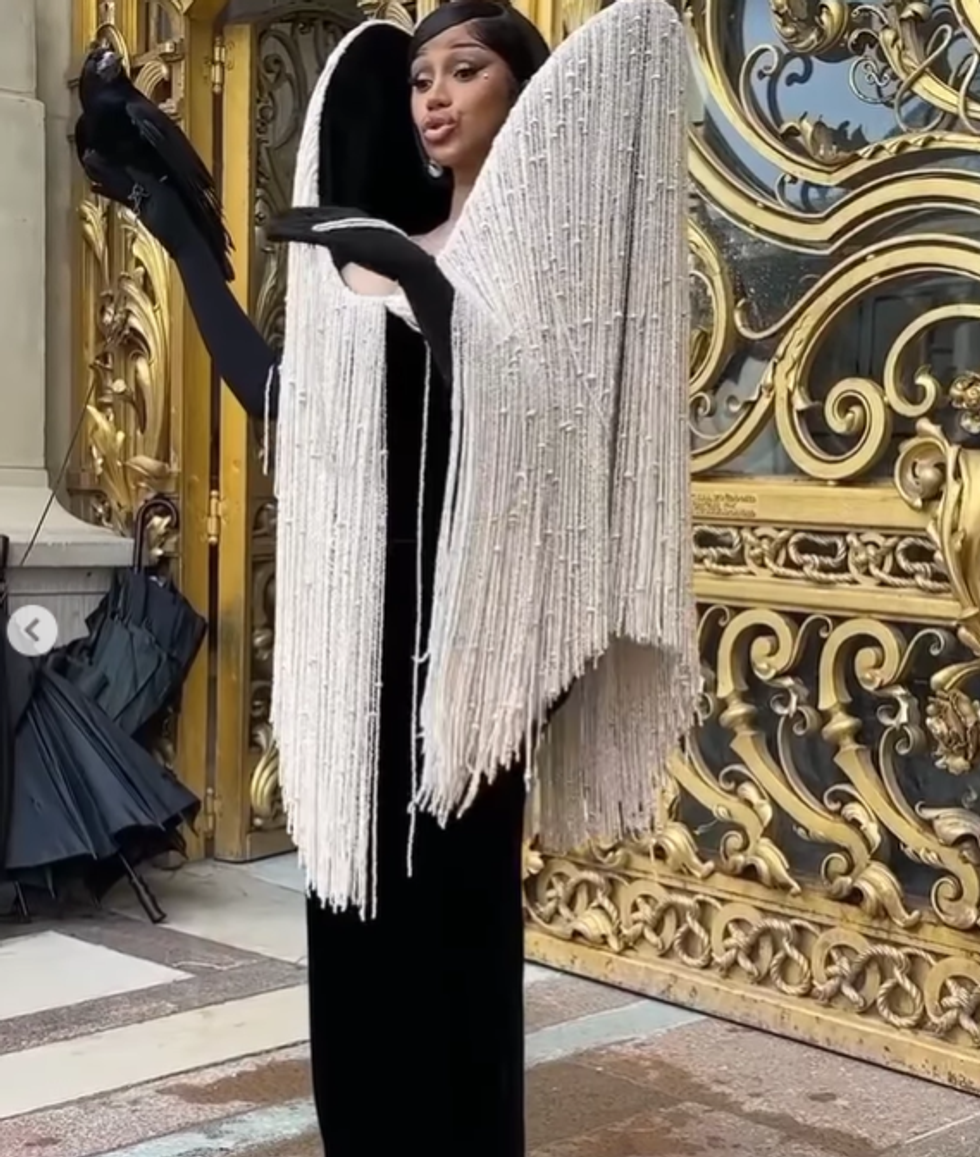By Amit Roy
AT TATE MODERN there are two exhibitions facing each other on the same floor but they could not be more different in character.
One features 170 works by the Russian avant-garde artist Natalia Goncharova (1881-1962), while the other, with 80 objects, is devoted to the innovative and ingenious use of "invisible forces,” such as magnetism by the Greek sculptor Takis (born Panagiotis Vassilakis in 1925).
Some countries, such as America obviously and India to some extent, inspire art that is big, bold and sweeping. There is no country to which this applies more than Russia.
Politically, the British government has fallen out badly with Russia's president Vladimir Putin, especially after the Salisbury poisoning, but curiously the art establishments in the two countries continue to enjoy a close relationship. Without such a partnership, an exhibition such that of Goncharova's work simply would not be possible. Many of her works are held at the State Tretyakov Gallery in Moscow.
There are some wonderful paintings - for example, a self-portrait and a cyclist. My favourite is a winter scene which reminds me of the snow blizzards in David Lean's Doctor Zhivago. It is quintessentially Russia.
I like Goncharova's landscapes best because they reflect all that is stirring about the great Russian novels, from War and Peace to Crime and Punishment.
But, as is pointed out by Tate Modem, she was a woman of many parts. Her "artistic output traces, influences and transcends the art movements of the 20th century.”
She "was inspired by the traditional customs and cultures of her native Central Russia - inspirations that pervade her life's works.
"Goncharova was feted for her vibrant costume and set designs for the Ballet Russes.”
The exhibition includes "her scandalous paintings of nudes, the first public display of which led to her trial for obscenity" and her religious paintings.
At the other end, the Takis exhibition deals with matters which are out of this world - literally. Michael Wellen, curator, international art at Tate Modern, explained he had met the artist in Athens during the preparation for the exhibition but, at 93, Ta-Ids was too frail to attend the formal opening last week.
Takis is described as "a sculptor of magnetism, light and sound."
The idea behind his work is deceptively simple. A magnet can make a ferrous object move.
Using this basic fact of physics, Takis has made metal rods strike against strings and produces music - weird sounds, anyway. He has made metal spheres go round in circles under the influence of magnetic forces, there-by imitating the movement of planets and stars in the universe.
Visitors are told that throughout his 70-year career, Takis "produced antennae-like sculptures called Signals- thin, flexible poles topped with found objects or electric lights which gently sway in response to their surroundings.
"From the 1950s, Takis became increasingly fascinated by radar and began exploring magnetism as a way to reinvent sculpture. In 1960, he created the ephemeral action The Impossible - Man in Space, in which he suspended the poet Sinclair Beiles in mid-air through a system of magnets while he recited the Magnetic Manifesto.
"Takis sourced many of his materials from military surplus shops and flea markets. From the radio antennas of US army jeeps to salvaged aeroplanes, he transformed technologies of warfare into monuments of beauty and contemplation. The exhibition closes with Takis's Musical Sphere 1985 and Gong 1978, made from the rusted wall of a tanker.”
Natalia Goncharova is at Tate Modern until September 8, 2019. Takis is at Tate Modern until October 27, 2019.

















 Katy Perry with longtime friend Michael Kives during her getawayTwitter/info katy perry
Katy Perry with longtime friend Michael Kives during her getawayTwitter/info katy perry Katy Perry and Orlando Bloom focus on raising their daughter with love and respect Getty Images
Katy Perry and Orlando Bloom focus on raising their daughter with love and respect Getty Images  Orlando Bloom to attend Jeff Bezos wedding alone as split rumours with Katy Perry grow Getty Images
Orlando Bloom to attend Jeff Bezos wedding alone as split rumours with Katy Perry grow Getty Images 
 An old Instagram story of Victoria BeckhamInstagram Screengrab
An old Instagram story of Victoria BeckhamInstagram Screengrab  David Beckham, Victoria Beckham and Brooklyn Beckham attend the Louis Vuitton Menswear Fall/Winter 2018-2019 showGetty Images
David Beckham, Victoria Beckham and Brooklyn Beckham attend the Louis Vuitton Menswear Fall/Winter 2018-2019 showGetty Images  Brooklyn Beckham and Nicola Peltz attend the Mugler Womenswear Fall/Winter 2024-2025 show Getty Images
Brooklyn Beckham and Nicola Peltz attend the Mugler Womenswear Fall/Winter 2024-2025 show Getty Images 
 The rapper wears a custom black Schiaparelli gown with graphic fringeInstagram Screengrab/
The rapper wears a custom black Schiaparelli gown with graphic fringeInstagram Screengrab/ Cardi B and Stefon Diggs cozy up on a yacht during Memorial Day weekend in Miami Instagram/iamcardib
Cardi B and Stefon Diggs cozy up on a yacht during Memorial Day weekend in Miami Instagram/iamcardib